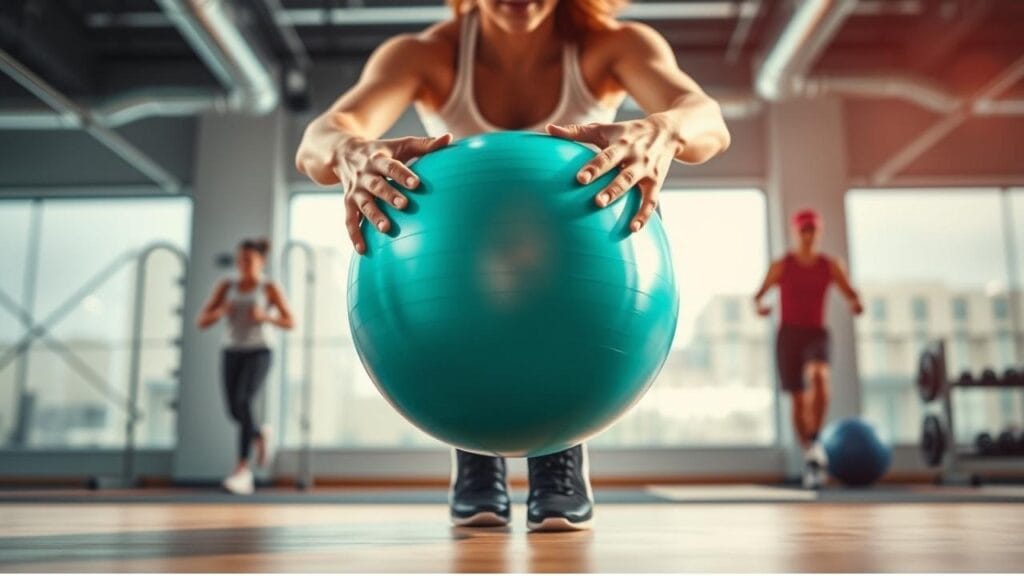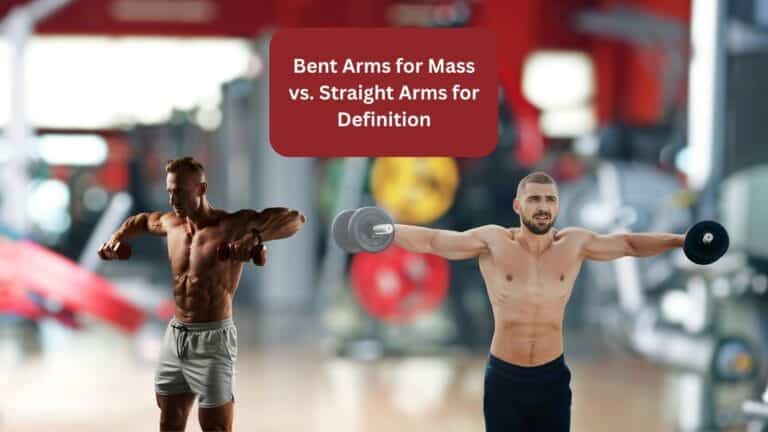What Does a Toning Ball Do? Let’s Talk about this Underrated Fitness Tool

A toning ball is a weighted exercise ball designed to enhance strength, stability, and muscle engagement in ways traditional weights can’t.
A toning ball is a small, weighted exercise ball, typically ranging from 1 to 5 pounds. It’s designed to fit comfortably in your hand, allowing for a wide range of motion during exercises. The ball’s weight adds resistance, making your muscles work harder and enhancing the effectiveness of your workouts.
Toning balls are commonly used in Pilates, yoga, and strength training routines. Their compact size and versatility make them suitable for home workouts, gym sessions, and even rehabilitation exercises.
Unlike dumbbells or kettlebells, its dynamic shape forces your muscles to work harder to control movement, leading to better functional fitness and toned muscles with less joint strain.
Ever grabbed a dumbbell and felt your wrists ache? Or struggled to keep proper form during arm workouts? You’re not alone. Many fitness enthusiasts overlook the toning ball, a simple yet game-changing tool that bridges the gap between strength training and mobility work. Let’s dive into why this underrated piece of equipment deserves a spot in your routine.
Toning Balls vs. Dumbbells: Here’s What’s Really Happening
Most people assume a weight is a weight, but how you hold it changes everything.
Toning balls (typically 1–10 lbs) have a pliable, grippable design that:
Activates more muscles (your hands, wrists, and stabilizers work harder to control the ball)
Reduces joint stress (no rigid handles digging into palms)
Improves proprioception (your brain learns better body awareness)
Example: Emily, a yoga instructor, switched from dumbbells to a 4-lb toning ball for arm workouts. Within weeks, her shoulder pain vanished because she wasn’t straining to grip a hard handle.
Choosing the Right Toning Ball
When selecting a toning ball, consider the following:
- Weight: Beginners may start with a 1-2 pound ball, gradually increasing as strength improves (StyleCraze).
- Material: Look for a ball with a non-slip surface for better grip.
- Size: Ensure the ball fits comfortably in your hand to maintain proper form during exercises.
The Hidden Benefit Everyone Overlooks
Toning balls aren’t just for arms, they’re secret core killers.
A 2024 study in the Journal of Sports Science & Medicine found that unstable weights (like toning balls) increase core activation by 27% compared to traditional weights during upper-body moves.
Try This: Hold a toning ball at chest height and rotate side-to-side. Feel your obliques fire up? That’s the magic.
Myth Debunked: “Heavier Weights = Better Toning”
Truth: Control beats load for lean muscle definition.
While heavy weights build mass, toning balls excel at:
- Time under tension (slow, controlled movements = more muscle fatigue)
- Eccentric loading (emphasis on the lowering phase for micro-tears that reshape muscles)
Visual Cue: “Imagine squeezing a stress ball while moving, that constant tension is what sculpts long, lean muscles.”
Step-by-Step: Transform Flab to Firm in 4 Weeks
Follow this progression 3x/week (no gym needed):
Phase 1: Foundation (Week 1–2)
- Squat to Press (3×12): Engages legs + shoulders
- Seated Russian Twists (3×15/side): Oblique shredder
Phase 2: Intensity (Week 3–4)
- Single-Arm Wall Throws (3×10/arm): Power + stability
- Plank Rollouts (3×8): Core torcher
Pro Tip: Use a 2–4 lb ball for beginners, 6–8 lb for advanced.
People Also Ask
“Can toning balls help with arthritis?”
Yes! Their soft texture reduces joint impact. A 2023 Arthritis Care & Research study noted 22% less pain in hand arthritis patients using toning balls.workout, specific rules must be followed to fully realize the scope of the toning ball workouts, which is practice and practice only.
“Are they good for rehab?”
Ideal for post-injury recovery. Physical therapists use them to rebuild grip strength safely.
Final Thoughts
Toning balls are the Swiss Army knife of fitness tools, underestimated but wildly effective. Whether you’re rehabbing an injury, toning stubborn arms, or boosting athletic performance, this $15 tool delivers.
Incorporating a toning ball into your fitness routine offers numerous benefits, from enhanced muscle strength and improved balance to increased flexibility and injury prevention. Its versatility makes it suitable for various exercises, catering to different fitness levels and goals.
By understanding how to effectively use a toning ball, you can add variety to your workouts, challenge your muscles in new ways, and continue progressing toward your fitness objectives.
Your Turn: Grab a toning ball and try the squat-to-press today. Your muscles (and joints) will thank you!
>> Click here if you want to learn about How Heavy Should My Adjustable Kettlebell Be?
Disclaimer:
It should be remembered that the information available at gymgoodies.net is constantly evolving and is up-to-date and authentic information on fitness, exercises, and health.
I am a veteran bodybuilder, considering I have been active in the industry for quite some time. I ensure that the content shared reflects the lessons I have learned in my years of training and working or all the exposure I have had.
That said, it must be understood that the information available on this portal is obtained through communication channels and is primarily for education and information. Some factors and changes occur, and the issues discussed in this website address such things.
Every piece of advice regarding fitness or health should be taken with caution.
You might need the assistance of fitness professionals, nutritionists, or doctors regarding your workout routine, diet, or fitness activity. Their advice should be personalized PPC, the guide you integrate into your routine, taking into account your specifications and requirements regarding your health and fitness.
This is key, considering our concern is your health and safety. Make sure you only use the data on the site to empower expert advice and nothing more.



